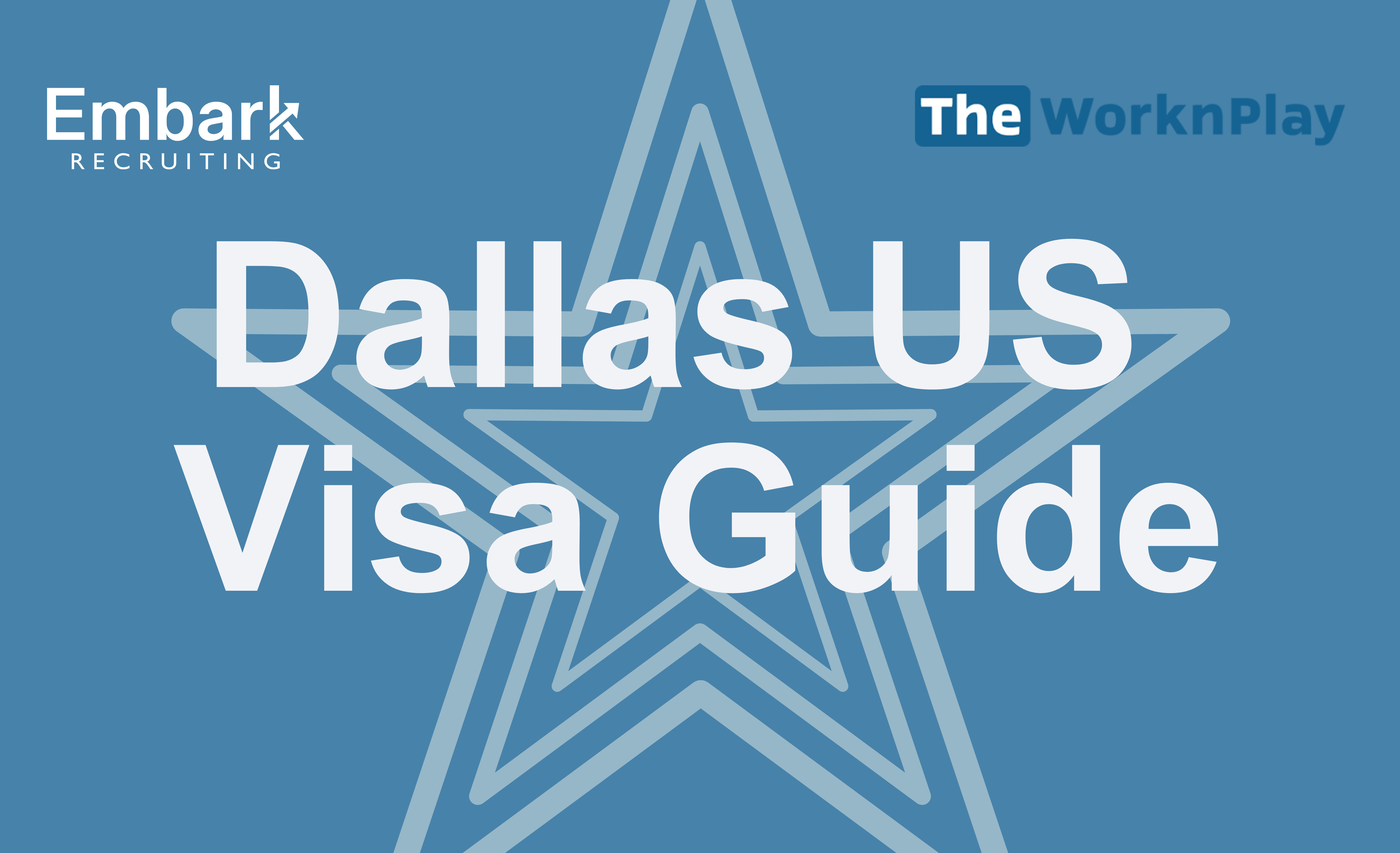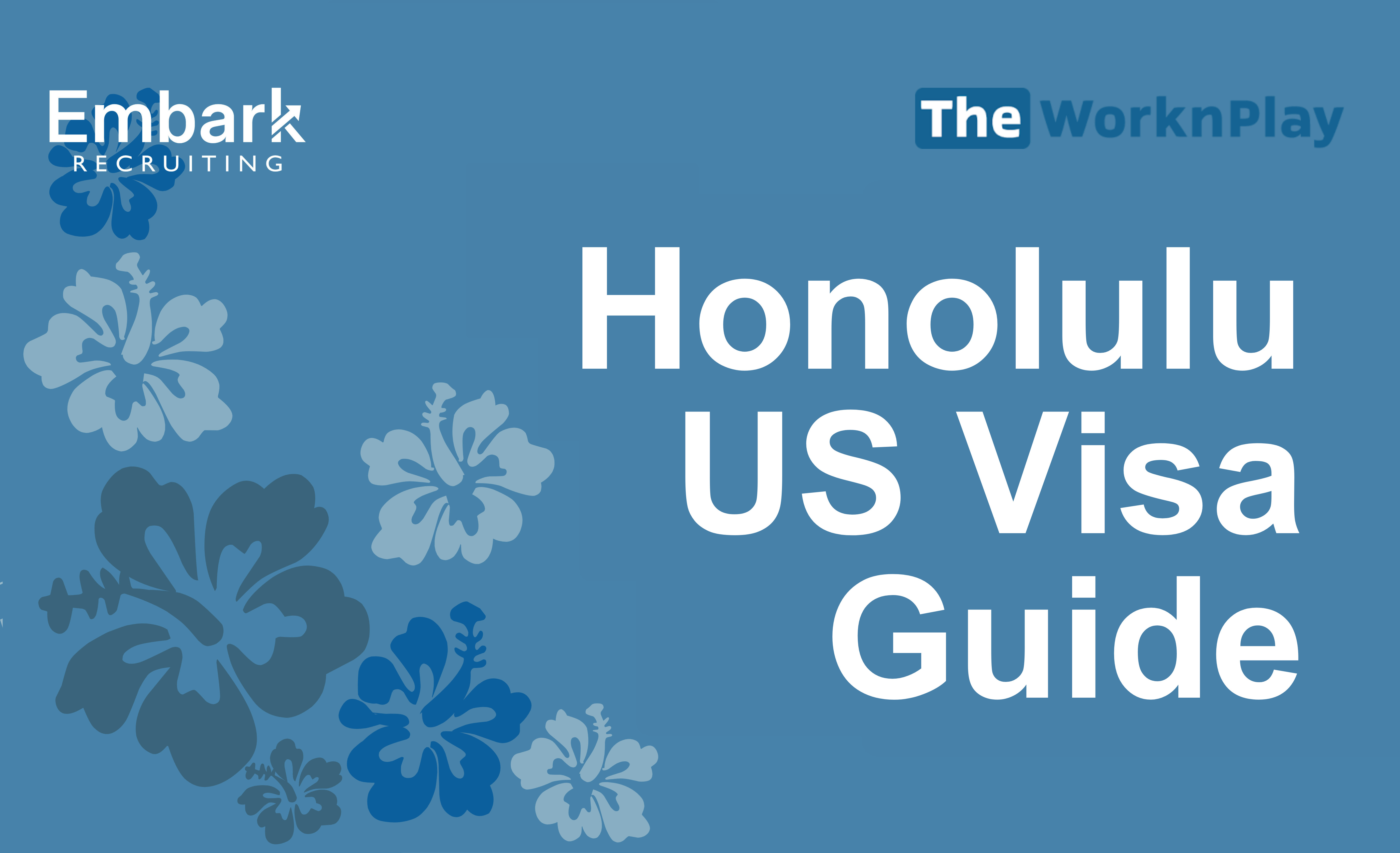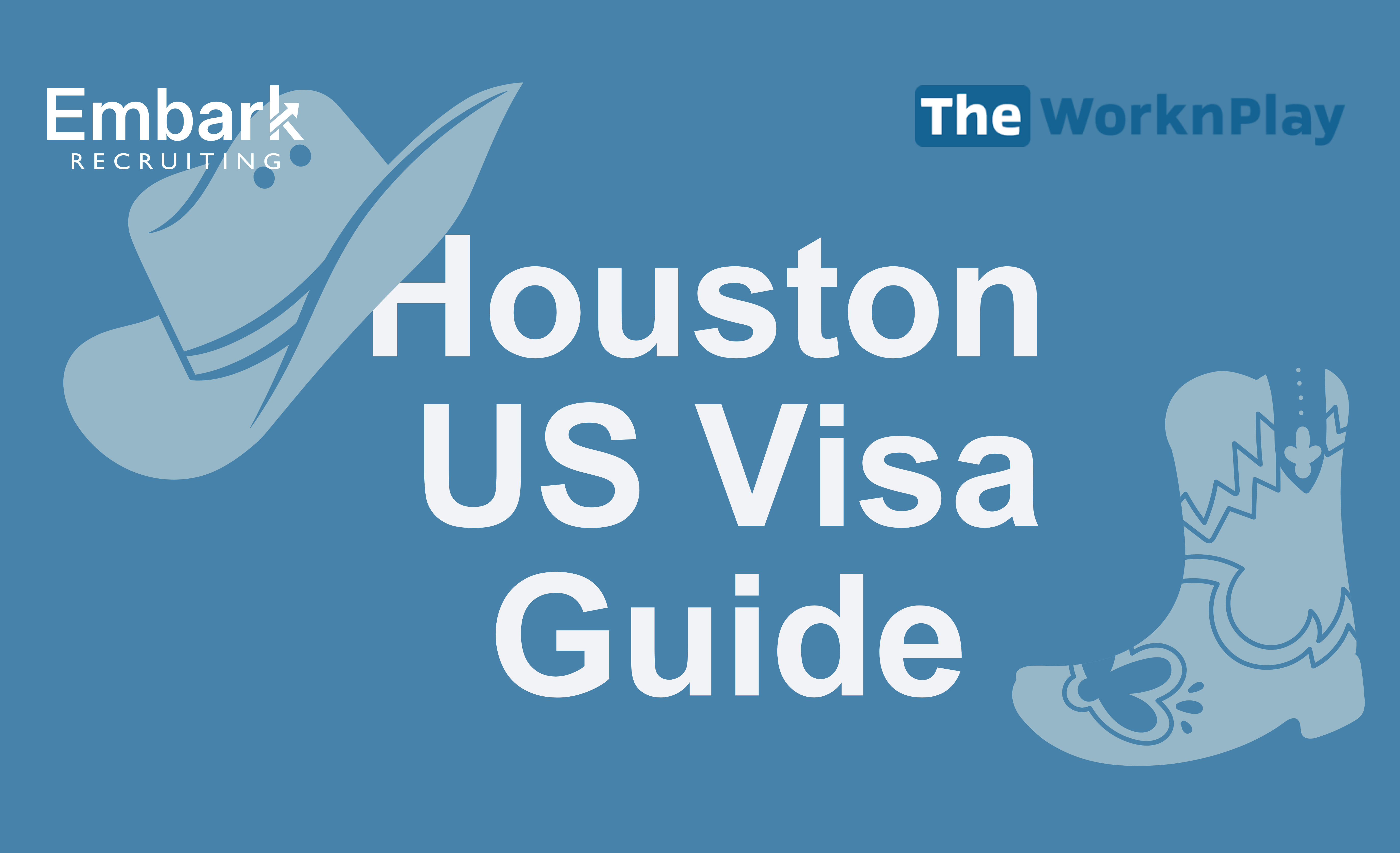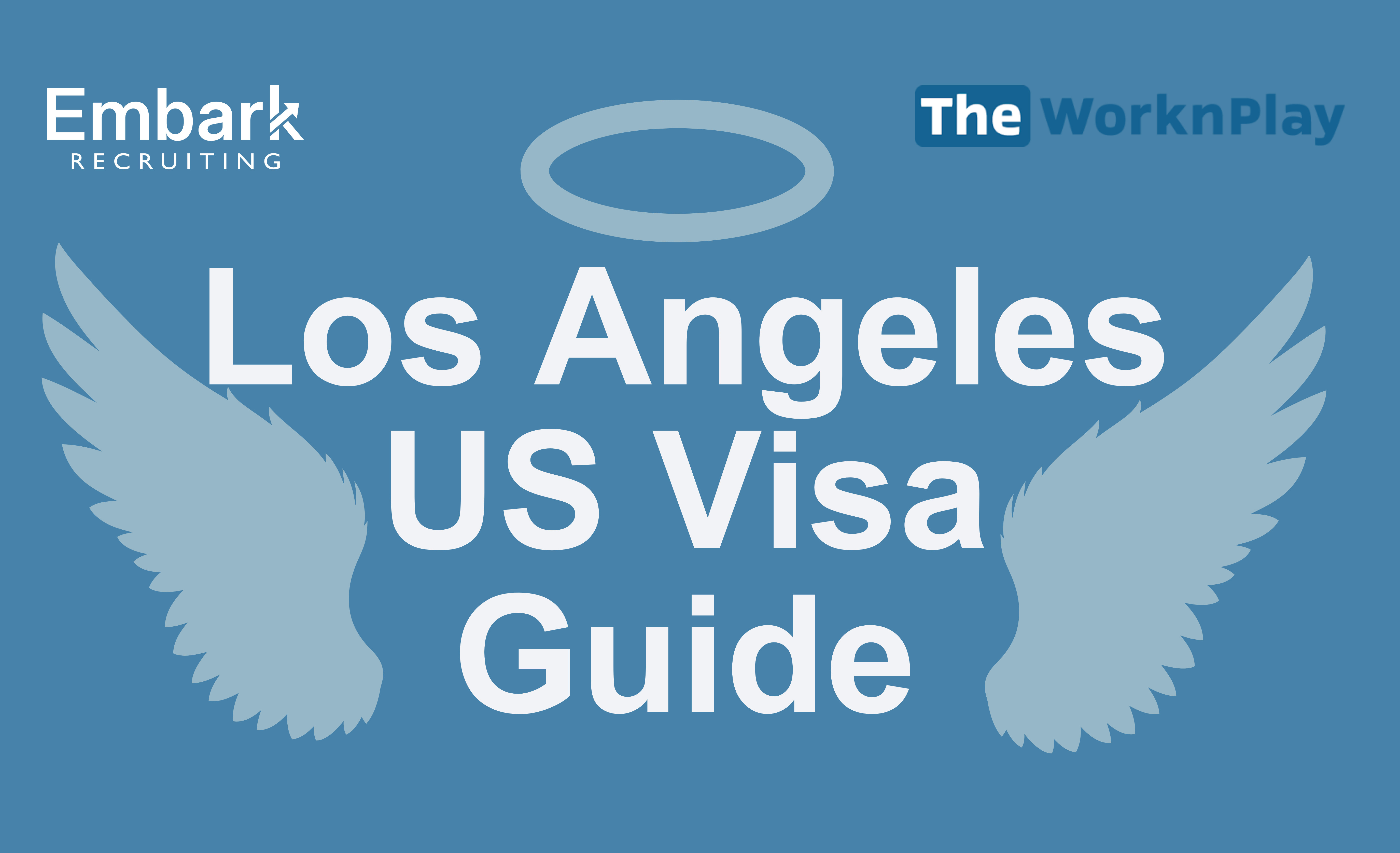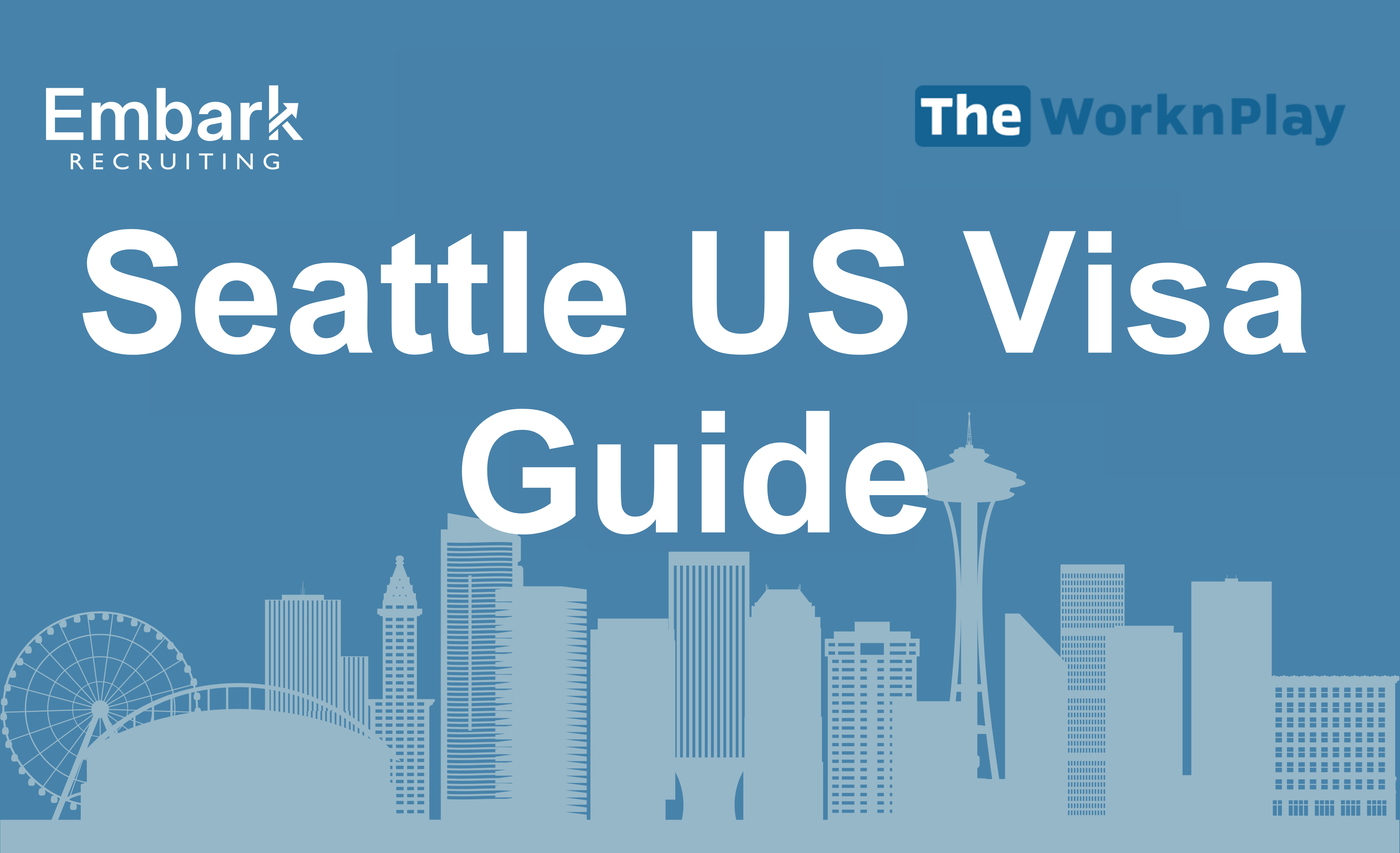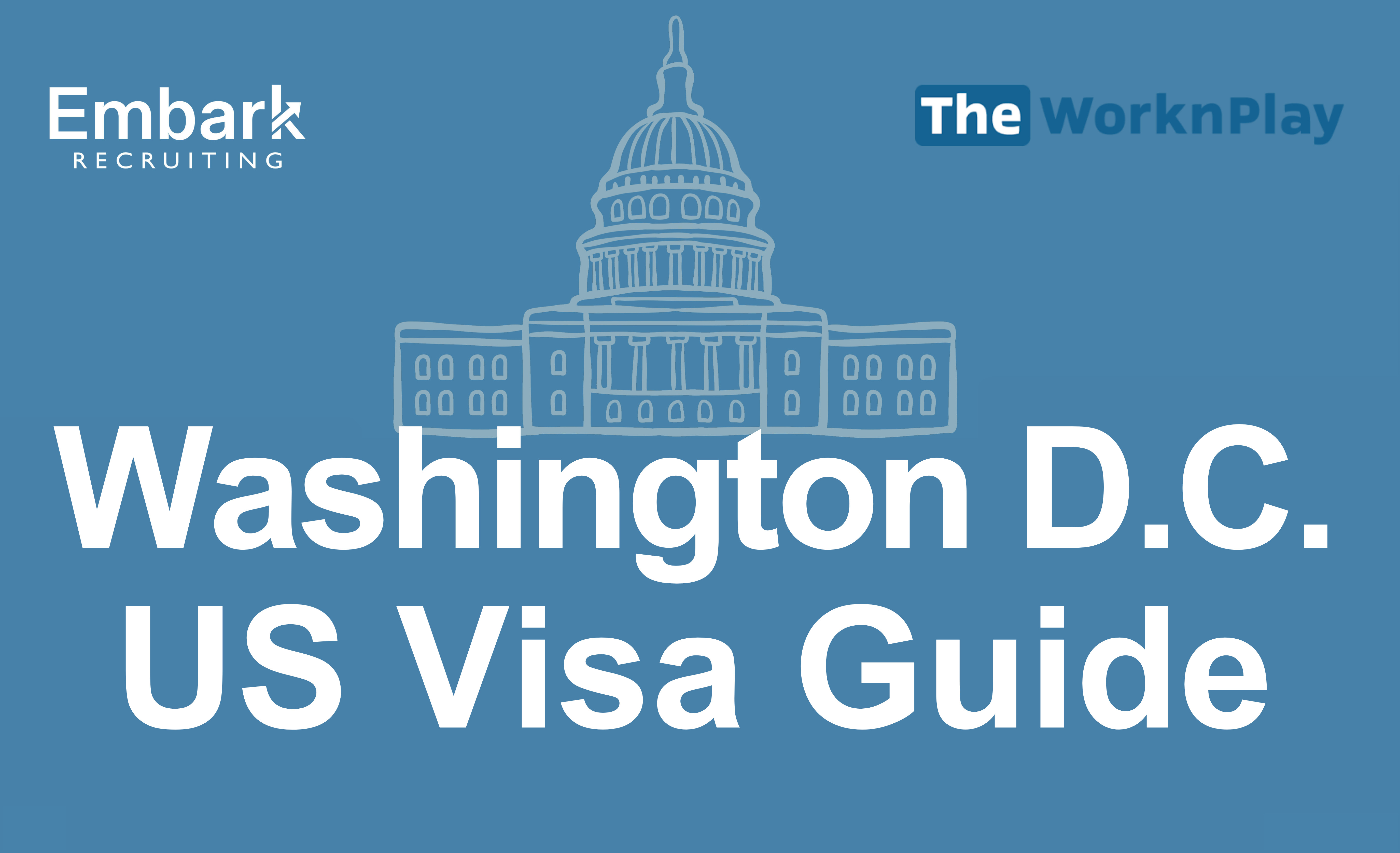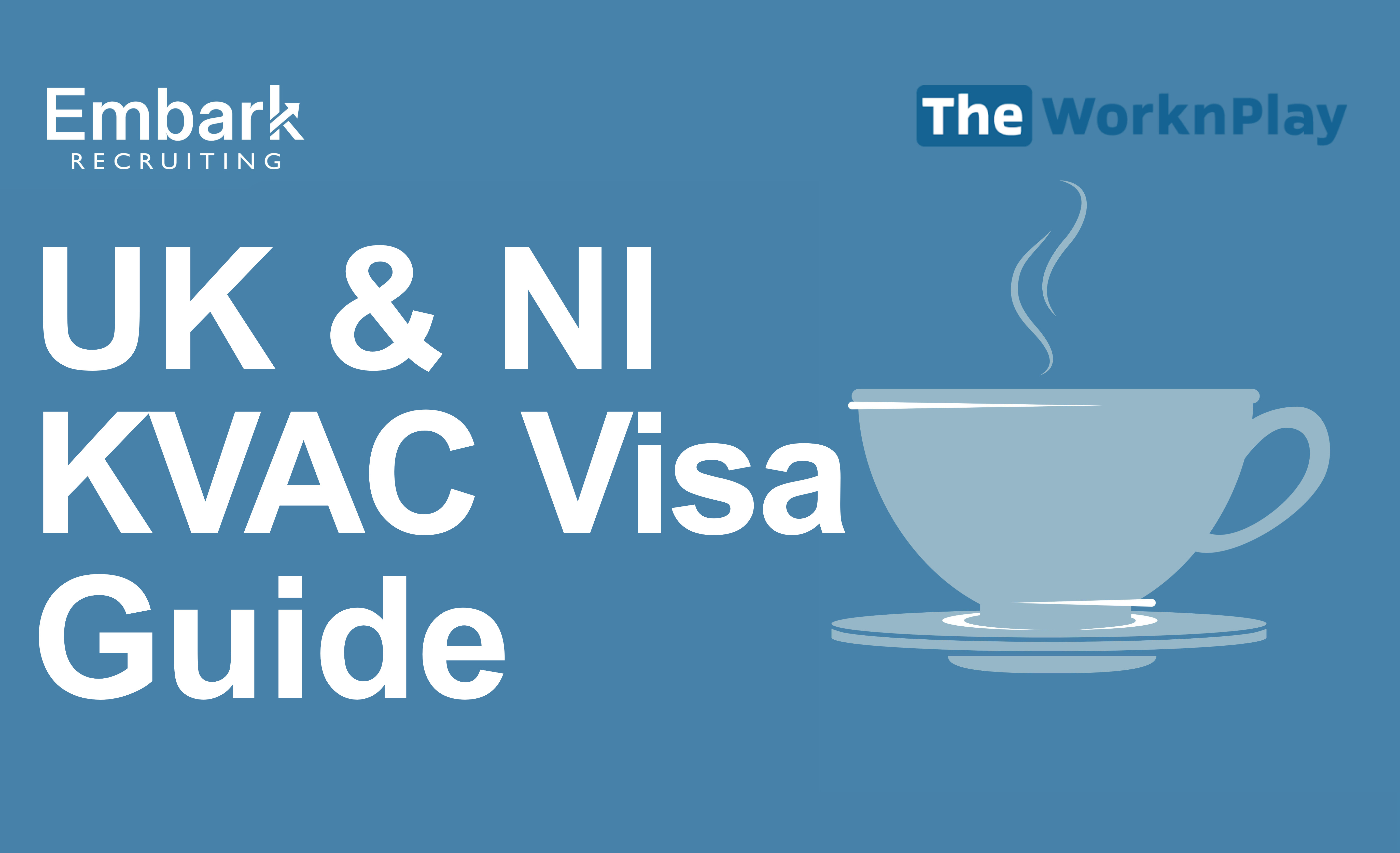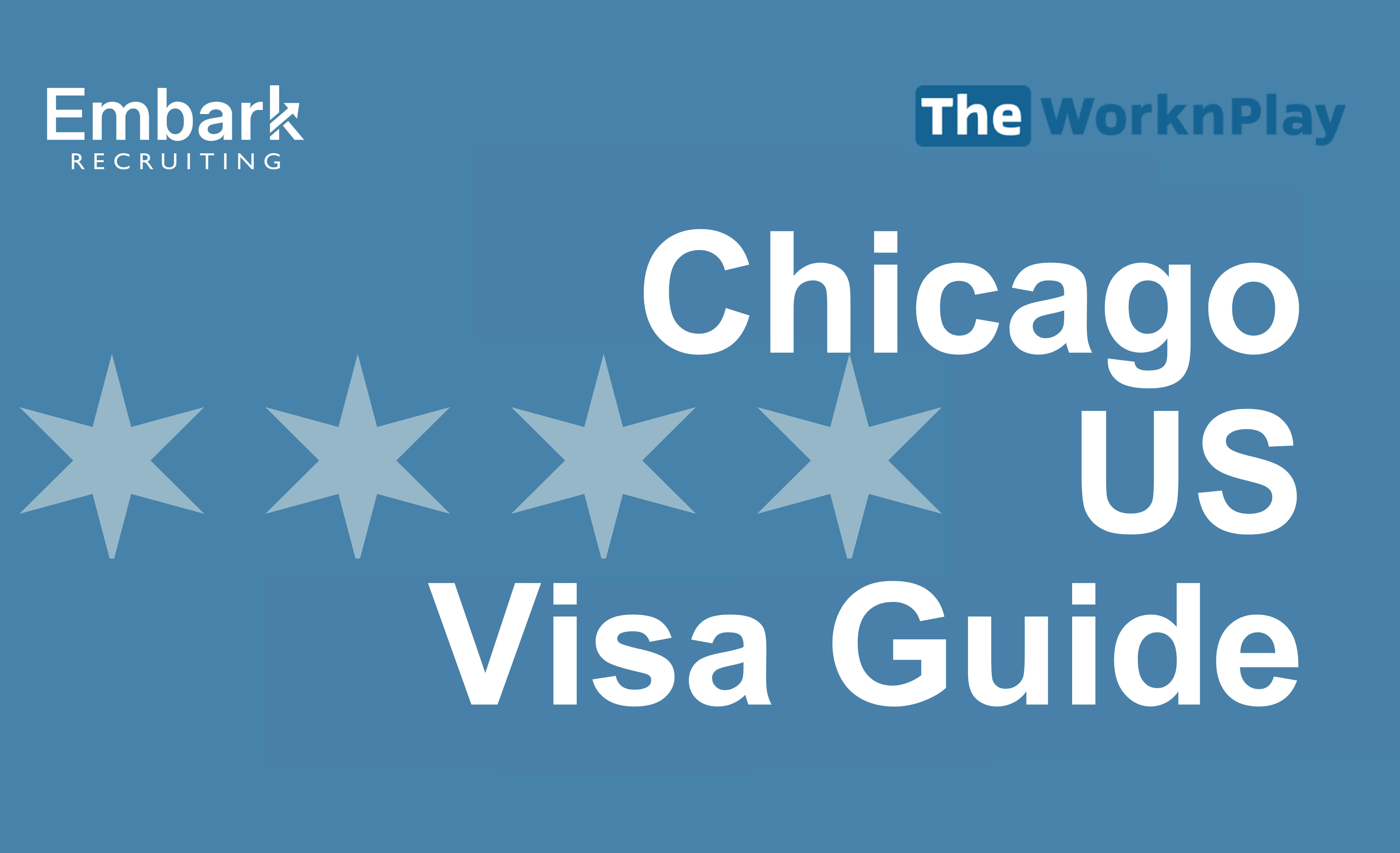
Resources and Forms (12/44)
Chicago US Visa Guide: Korean Consulate E-2 Application Process
E-2-1 Visa Application at the Consulate of the Republic of Korea in Chicago If you are planning to work or teach in Korea under the E-2-1 visa, the first step is obtaining your Confirmation of Visa Issuance Number (CVI No.) or VIN Number. Once you have this, you are ready to submit your visa application through the Korean consulate. Note: We strive to provide accurate and up-to-date information. However, we strongly recommend directly contacting the consulate for the most current guidance, assistance, and any updates or changes. If you live in the following state(s), you will use the Korean Consulate in Chicago to complete your visa process: Illinois, Indiana, Iowa, Kansas, Kentucky, Michigan, Minnesota, Missouri, Nebraska, North Dakota, Ohio, South Dakota, Wisconsin How to Submit Your Visa Application Option 1: In-person Appointment Visit the consulate within the operating hours along with your documents. You must schedule an online reservation in advance. Working Hours: Monday–Friday, 09:30-12:00 P.M., 1:00-4:30 P.M. How to Make an Online Reservation Access the 365 Overseas Korean Portal or download the mobile app “365 Overseas Korean Portal.” Click non-member login (or sign up) Click on Reservation to Diplomatic Mission, then click on [Make a Reservation] Select [North America] - [UNITED STATES] - [Consulate General of the Republic of Korea in Chicago], then click [Next] Select [VISA] / [Reservation date] / [Time] After completing the reservation details, print out the confirmation email. Source: 365 Overseas Korean Portal Option 2: By USPS/UPS/FedEx Mail (Post) You can also mail your documents to the consulate. This service is available to the relevant jurisdiction, excluding applicants residing in the Chicago suburbs/downtown. You must pay the USD 45 visa fee either in cash or by money order. Place the cash in a small, separate envelope inside your application package to keep it secure. How to Fill Out a Money Order: 1) Pay to: Korean Consulate General Recipient Address: NBC Tower Suite 2700, 455 North Cityfront Plaza Drive, Chicago, Illinois 60611 2) Pay for: (Leave Blank) 3) From: Your Name & Address 4) Signature: Your signature is required 5) USD Amount (45 USD) Required Documents Below is a complete list of documents you will need when submitting your E-2-1 visa application. 1) Visa Application Form (printed and completed) ※ Form titled "Application for Visa (for those in possession of visa issuance confirmation)." ※ Please do not forget to put your signature on the bottom part of the first page of the visa application form. Please include your Confirmation of Visa Issuance Number (CVI No.) ※ Please write down your phone number and address to be used in Korea at the top of your application. This can be your school’s information. 1.1 Full name in English: Your name must be the same on your passport. 1.7 National Identity No. 2.5 Emergency Contact Information: a person in New Zealand 3.1 Visa Issuance Number (Confirmation No.) 3.6 Status of Stay: Visa type (e.g., E-2-1) 2) Original Passport Valid for at least 6 more months after your travel date (preferably minim. 13 months) 3) Copy of Passport Data page and Signature page 4) 1 Passport-type Color Photo Size: 2 X 2 inch Taken within 6 months 5) Copy of a valid Driver’s License (as proof of residency) Name and Address; Alternative documents (State ID, Bank Statement, or Utility Bill) 6) Visa Fee: 45 USD Cash, Money Order ONLY (For Mail/Post Applicants) Prepaid Return Envelope Must be trackable and stamped/labeled USPS - must be at least priority level UPS - must be at least ground level FedEx - must be prepaid, checking the payment method on the label is not accepted Disclose if you would like to pick up your visa & passport in person For Korean Americans/Descendants Even if born abroad, the nationality of the parents/grandparents may affect the nationality of the child. Please verify this information prior to submitting a visa application, and you may need to prove that you do not hold Korean nationality at the time of application. Korean Consulate Contact Information Mailing Address: Korean Consulate General of the Republic of Korea in Chicago NBC Tower Suite 2700, 455 North Cityfront Plaza Drive, Chicago, Illinois 60611 Phone Number: +1 312-822-9485 Email for Visa: chicagovisa@mofa.go.kr Consular Service Hours: Monday–Friday, 09:30-12:00 P.M., 1:00-4:30 P.M. Processing Time The visa processing time is 7 ~ 10 business days. All submitted documents with the visa application will not be returned to the applicant except the passport. E-2-1 is a single-entry visa and is valid for 90 days from the date of issue. After 7 business days, please check your application status online. If it has been approved, please print your Visa Grant Notice by visiting the Korea Visa Portal. Related Article: How to Navigate the Korea Visa Portal Site Last Updated: 12/1/2025
